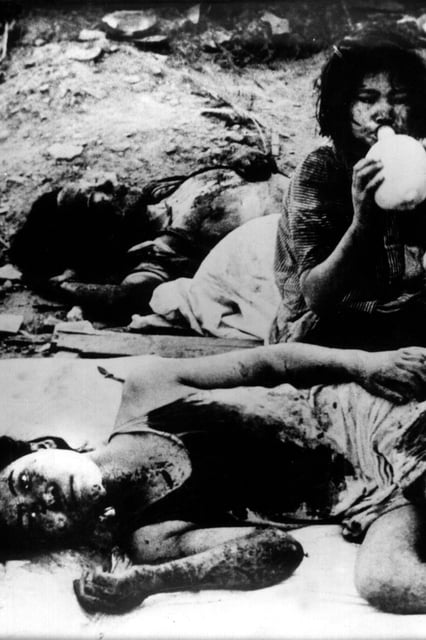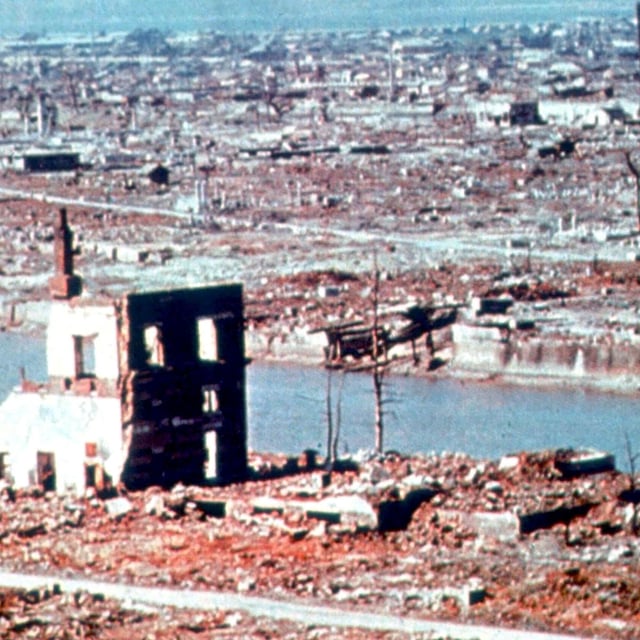Overview
- Newly declassified White House and military papers reveal a cold cost–benefit approach drove Truman and General Marshall to favor the Hiroshima strike as an alternative to a high-casualty invasion.
- Overy details how 1943–44 tests in Utah using model Japanese houses established that 75 tons of incendiaries could ignite uncontrollable firestorms.
- The book situates Hiroshima within a total-war doctrine honed by Operation Meetinghouse’s March 1945 firebombing of Tokyo, where 279 B-29s unleashed a half-million incendiary bombs.
- Technical reconstructions show the bomb detonated 540 meters above ground, generated thermal radiation 900 times hotter than sunlight within 500 meters and spawned a wind-driven firestorm.
- Survivors endured severe radiation injuries and a citywide inferno that leveled 92 percent of Hiroshima’s buildings and renewed debates over nuclear morality and the decimation of civilian life.



